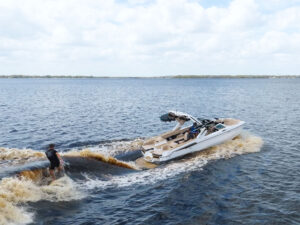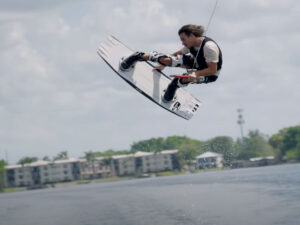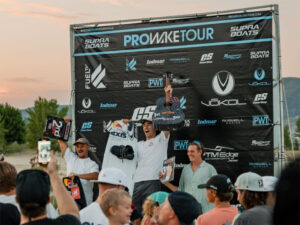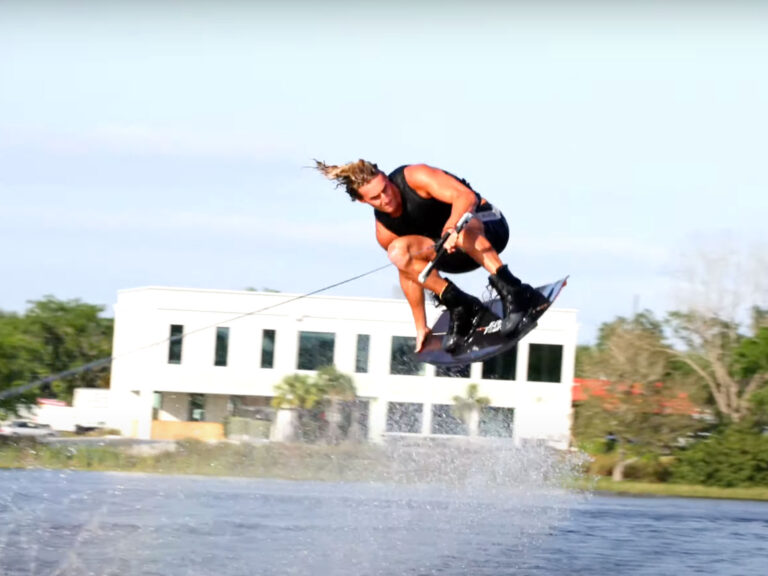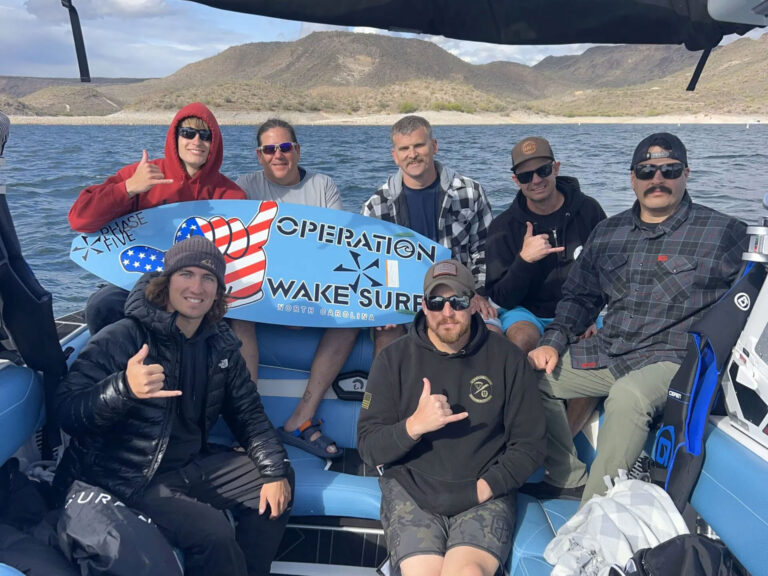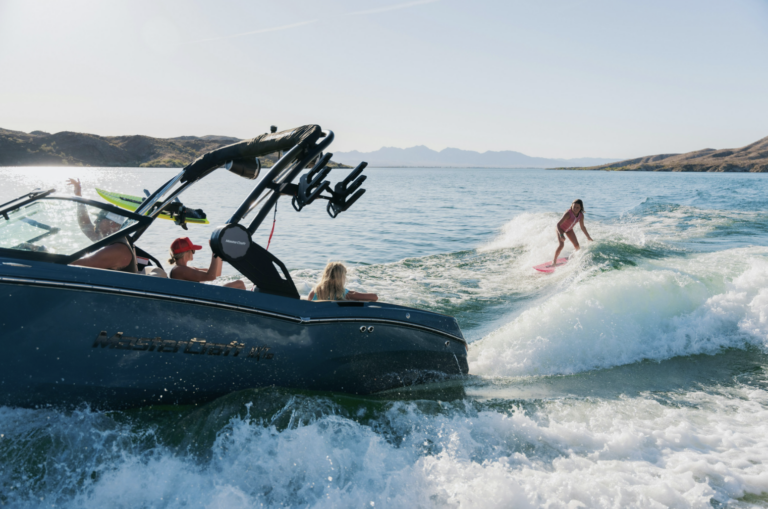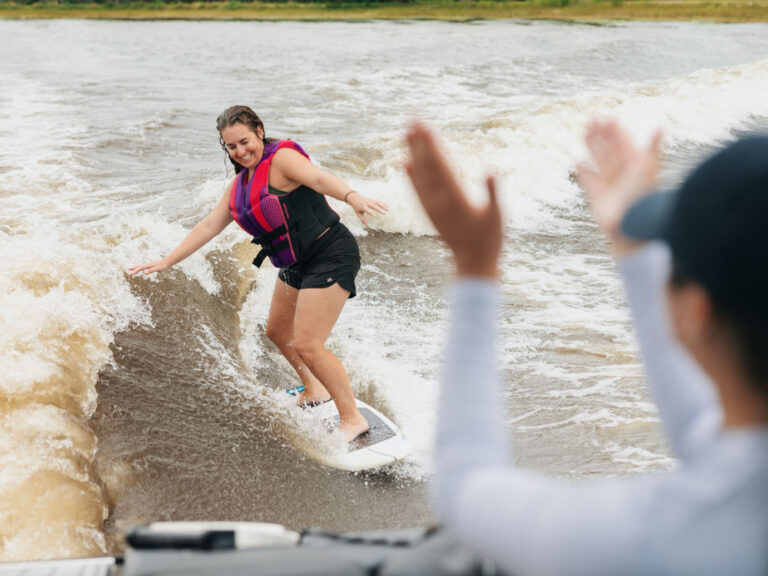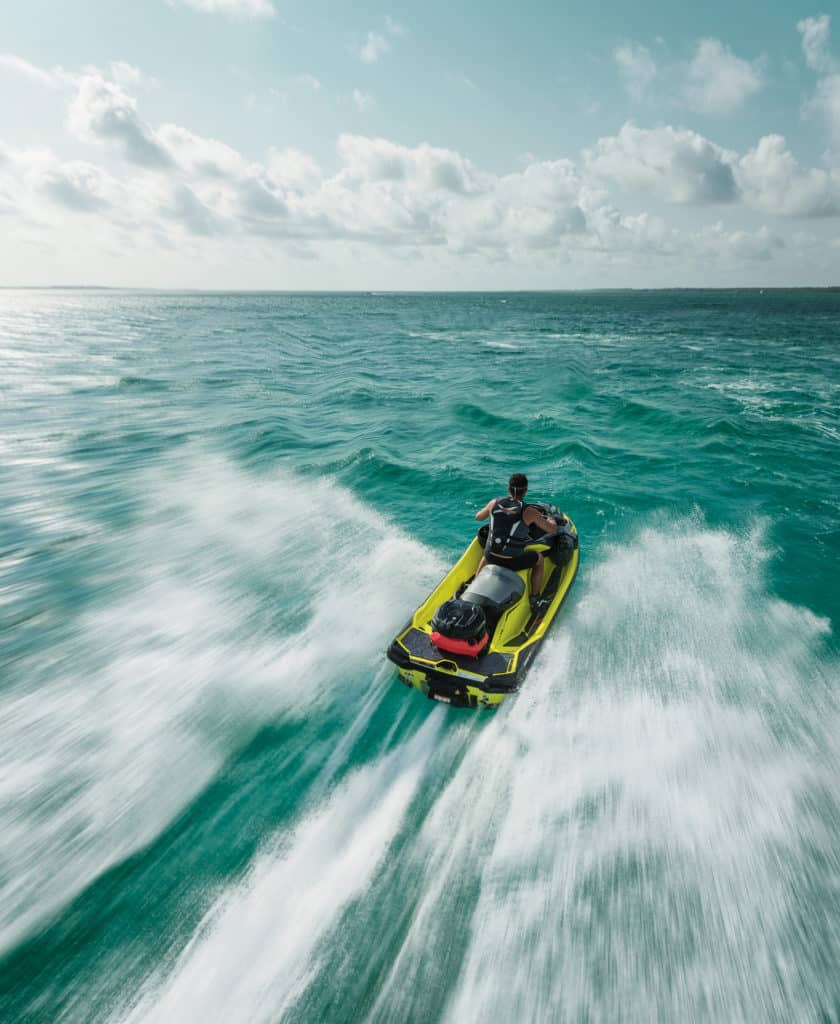
There’s nothing quite like a soothing dip in the ocean or the refreshing feel of a coastal breeze, but the same saltwater environment that makes these experiences so heavenly can also be downright hell on watercraft. Salt accelerates the rust and corrosion that can form on metal engine surfaces, saltwater contaminants can clog water passages, and the combination’s never-ending onslaught requires constant maintenance to keep damage at bay. Saltwater PWC enthusiasts know the constant routine of freshwater engine flushing that’s required to maintain a craft ridden in this brutal environment. Veer from that routine and the results can be disastrous, from accelerated aging of your engine to catastrophic failure of your internal components.
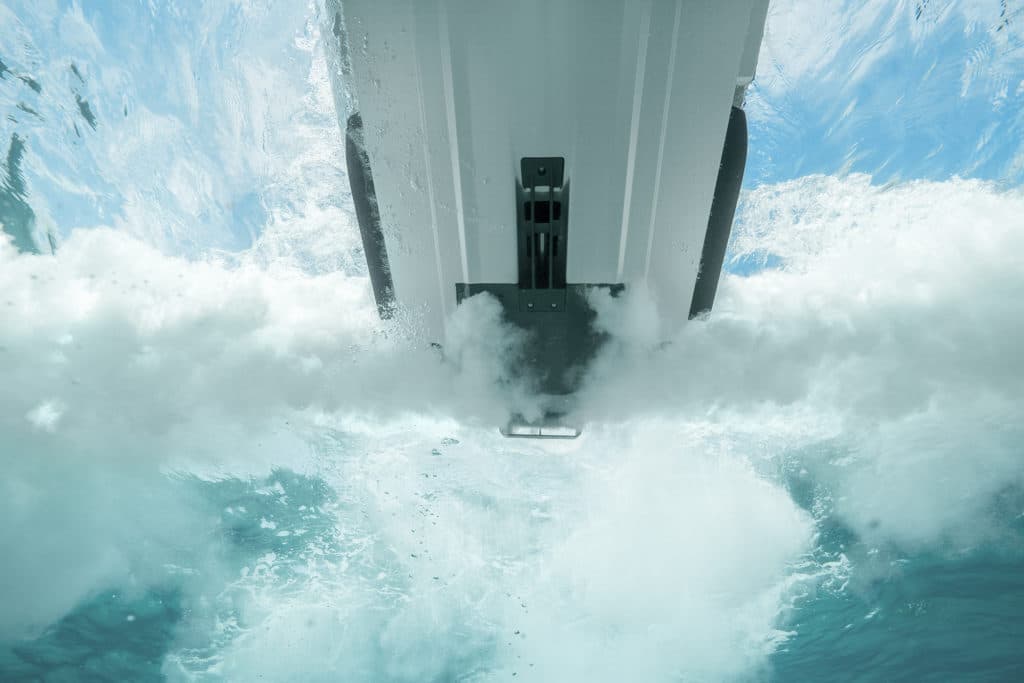
The appeal — and challenge — of owning and operating a PWC in this harsh environment is one Sea-Doo understands fully. In fact, thanks to the company’s longtime investment in a Florida-based test facility, all Sea-Doo models are first proven in a harsh coastal environment before they ever go into production, and continue to be tested throughout their life span. In Florida, craft are subjected to a constant bombardment of salt and sun, with continual testing in the Intracoastal Waterway and Atlantic Ocean. Over the years, that commitment has resulted in numerous innovations that guarantee a Sea-Doo watercraft will be ready for any coastal adventure and last for years to come.
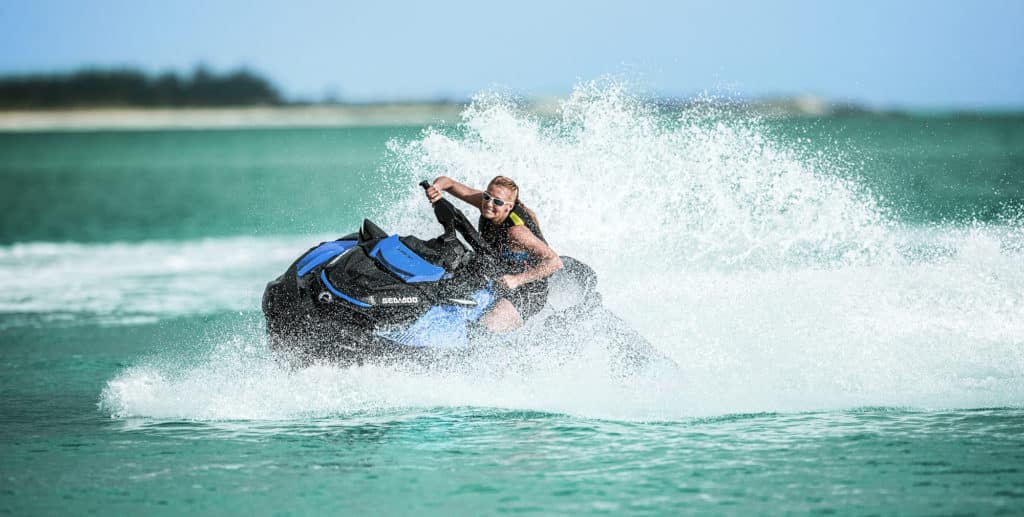
A prime example? Sea-Doo’s unique Closed-Loop Cooling System. Unlike competitive models that draw in water from the surrounding environment to cool their engines in an open-loop design, all Sea-Doo models since 2002 have featured a closed-loop system similar to what you’d find in a car. No corrosive salt or passage-clogging contaminants enter the engine block. Instead, it’s sealed from the surrounding environment and filled with antifreeze. In a clever bit of engineering, the craft’s ride plate acts as a heat exchanger, much like an automobile’s radiator. Antifreeze is circulated through internal passages in the ride plate, where it is cooled by the plate’s contact with the water. Coolant then returns to the engine and oil cooler, where temperature is regulated by a thermostat and temperature sensor. Closed-loop cooling is the industry standard for marine inboard diesel engines, as well as found in 50-percent of regular inboard engines for good reason. Ideal engine-operating temperature is continually maintained, maintenance is reduced and engine life extended. Performance is also improved due to more stable operating conditions.
That Florida exposure doesn’t just improve Sea-Doo engines and exterior components. Riding in choppy, coastal conditions has also resulted in more stable, durable and responsive hull designs and minimal required maintenance.
